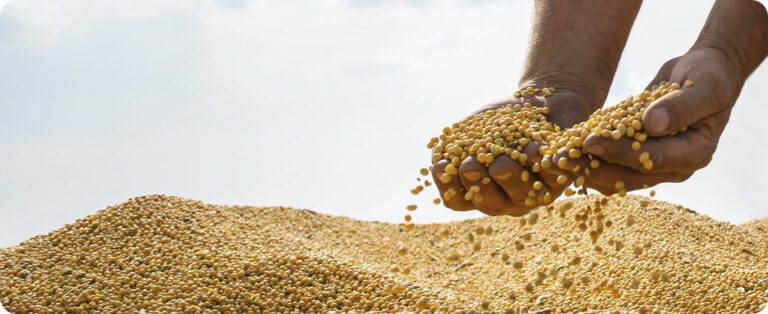The Effective Operating Cost (COE) of transgenic soybeans in the Cerrado and Southern regions of Brazil, for the 2016/17 harvest, increased in the first half of the year compared to the same period in 2015, according to calculations carried out by the Center for Advanced Studies in Applied Economics ( Cepea), from Esalq/USP, in partnership with the Brazilian Confederation of Agriculture and Livestock (CNA).
Fungicides and insecticides were very representative in cost. However, in some regions, spending on herbicides exceeded that on insecticides, Cepea said in a note.
In Sorriso (MT), there was an increase of 11.69 percent in the average COE in the first half of this year compared to the previous one, going from 2,301.40 reais/hectare in 2015 to 2,570.54 reais/ha in 2016. Specifically, the components The factors that most influenced operating costs in this area, both in the first half of 2016 and in 2015, were fertilizers and insecticides.
By the end of June/16, according to data from Cepea, 71.7 percent of inputs for the 2016/17 harvest had been purchased, a higher rate than that observed in the previous season, when 69.2 percent of inputs had been purchased in this region Mato Grosso.
Analyzing the South region, Carazinho (RS) achieved a 12.5 percent increase in cost, going from 2,048.66 reais/ha in the first six months of 2015 to 2,305.36 reais/ha in the same period of 2016. The region's main cost participants were fertilizers and fungicides, the latter being due to rust pressure.
The rate of acquisition of inputs in the region reached equal levels in the two periods analyzed, registering 33 percent.
In Paraná, the Cascavel region presented the highest average cost among the squares in the south of the country in the first half of both years, reaching 2,187.85 reais/ha in 2015 and 2,550.61 reais/ha in 2016.
Input purchases are more advanced this year, with 77.5 percent of inputs purchased by the end of June, compared to 65 percent in the same period in 2015, according to the study.
Source: Reuters












